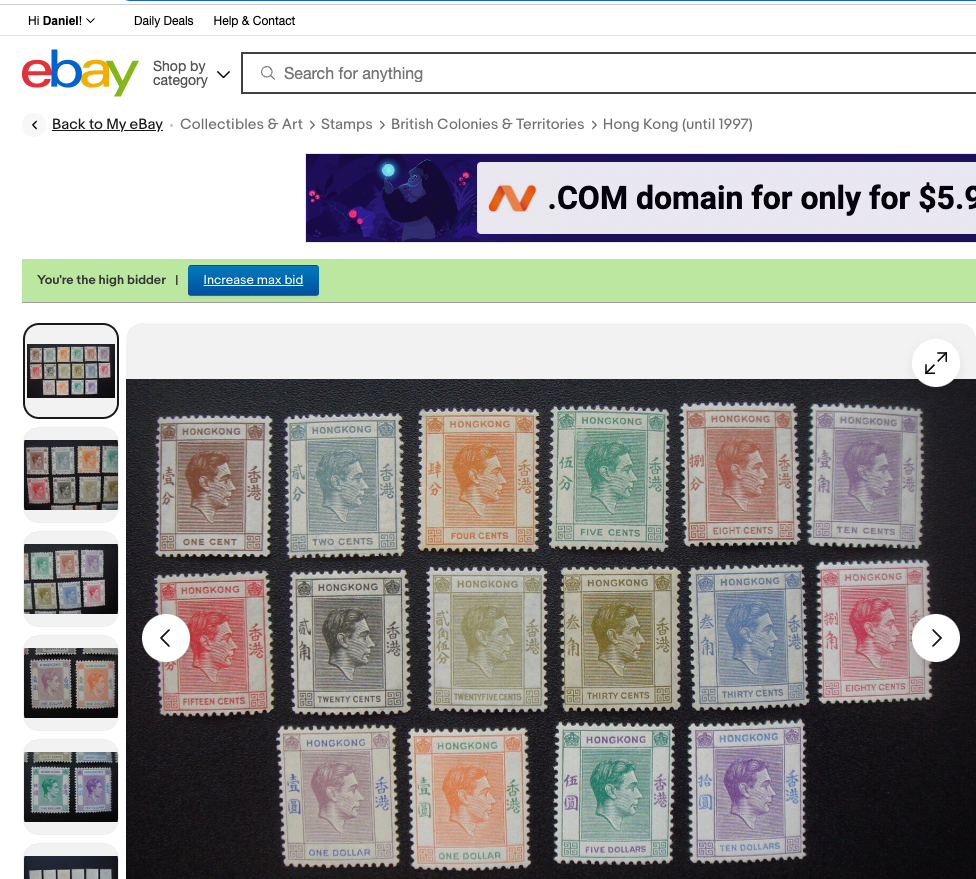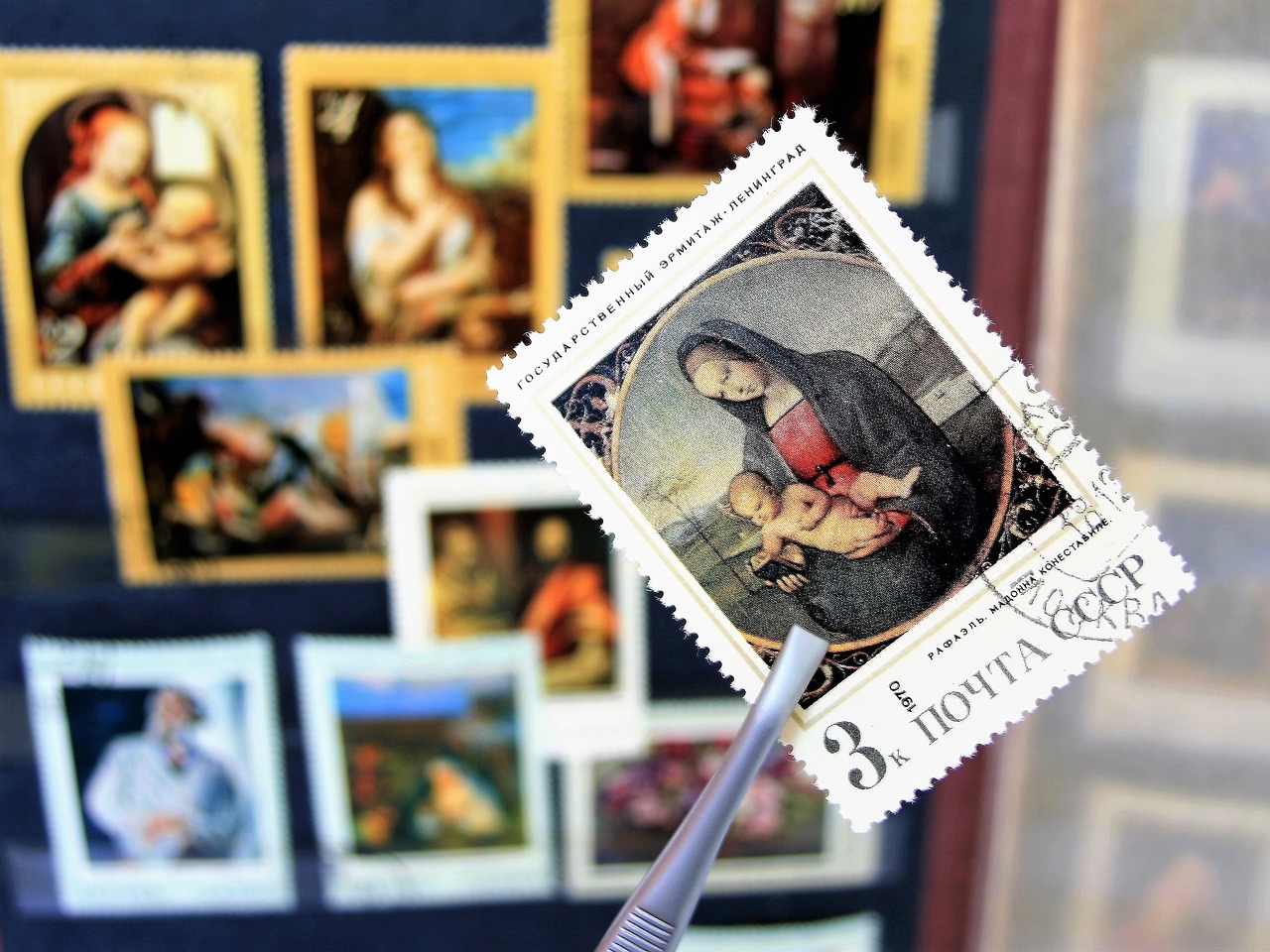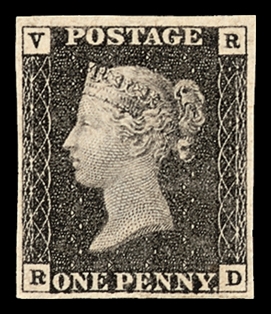The start of Philate.ly
Stamp collecting, also known as philately, has a rich history that dates back to the 19th century. Belk (1995) describes collectors as individuals who passionately search for unique but essentially useless items, such as obsolete postage stamps. The hobby has been an established pastime since the introduction of the Penny Black, the world’s first prepaid adhesive stamp issued in the U.K. in 1840 (Johnson, 1920). Initially, the hobby’s first participants were women and children who took an aesthetic interest in stamps. However, as stamps became marketplace commodities and trading became a more important aspect of collecting, women and girls were replaced by men and boys. Stamp collecting first became a fad in the 1860s and gave rise to ‘‘an intense market-based subculture’’ (Gelber, 1992). The earliest professional dealers had already set up business, and periodicals and catalogues started to emerge. This hobby continues to thrive today, attracting enthusiasts from all walks of life.
Wikipedia Penny Black link
However, the journey of stamps really actually begins in 1840.
Stamps, those small adhesive pieces of paper that we often take for granted, have a rich history that spans centuries. Philately, the art and science of stamp collecting, has captivated the hearts of millions of enthusiasts worldwide. In this blog post, we will embark on a journey through time to explore the intriguing origins and evolution of stamps and delve into the captivating world of philately.
The Birth of Stamps:
The concept of using stamps as a means of prepaying postage emerged in the early 19th century. In 1840, Great Britain introduced the world’s first adhesive postage stamp, the Penny Black. Designed by Sir Rowland Hill, this iconic stamp featured a profile of Queen Victoria and revolutionized the postal system, paving the way for the global adoption of stamps.
Philately Takes Flight:
As the use of stamps became widespread, individuals began recognizing their artistic and historical value. The term “philately” was coined by French collector Georges Herpin in 1864, combining the Greek words “philos” (loving) and “atelēs” (exempt from tax), emphasizing the joy of collecting without financial motive. Philately quickly gained popularity and became a respected hobby worldwide.
Stamp Designs and Themes:
One of the fascinating aspects of philately is the diversity of stamp designs and themes. Stamps often showcase national symbols, historical events, famous personalities, flora and fauna, art, sports, and much more. Over time, stamp designs have evolved to reflect the cultural, social, and political shifts of different eras, providing a captivating window into the past.
Rarity and Valuation:
The rarity and condition of stamps greatly influence their value in the collecting market. Stamps issued in smaller quantities, printing errors, and those with historical significance often command higher prices. Philatelists carefully examine factors such as centering, perforations, cancellations, and gum condition to assess a stamp’s quality. Notable sales and auctions have seen stamps fetch astounding prices, making philately an investment opportunity for some collectors.
Noteworthy Stamp Collections and Exhibitions:
Throughout history, remarkable stamp collections have emerged, captivating philatelists and the general public alike. The Royal Philatelic Collection, owned by the British monarchy, is one of the world’s most extensive and prestigious collections. The Smithsonian National Postal Museum in the United States houses an impressive array of stamps and exhibits, showcasing the cultural significance of philately.
Digital Transformation and Philately:
In recent years, the digital era has brought new opportunities to the world of philately. Online platforms and marketplaces have facilitated global stamp trading, making it easier for collectors to connect and exchange stamps. Digital catalogs, databases, and educational resources have also enhanced the accessibility and knowledge-sharing within the community. Furthermore, the rise of digital collectibles and NFTs has created a new frontier, allowing for the ownership and trading of virtual stamps.
Conclusion:
The history of stamps and the world of philately are intertwined in a captivating tale of innovation, artistry, and cultural significance. From the humble beginnings of the Penny Black to the digital transformation of the modern era, stamps have captured the imagination of collectors worldwide. Whether you are a seasoned philatelist or a curious beginner, the world of stamps offers a fascinating exploration of history, art, and human ingenuity.
So, next time you come across a postage stamp, take a moment to appreciate its journey and the stories it carries. Who knows, you might find yourself embarking on a philatelic adventure of your own, discovering the wonders and joys of this timeless hobby.






